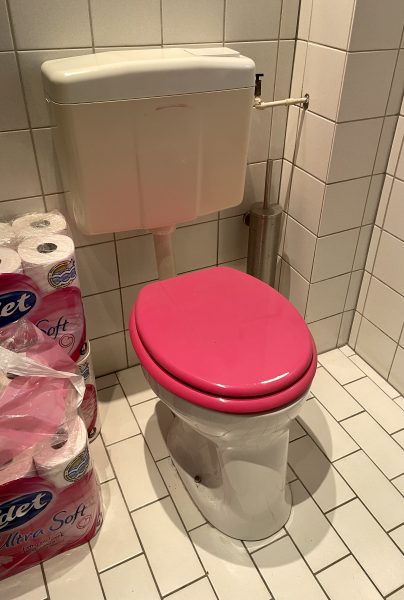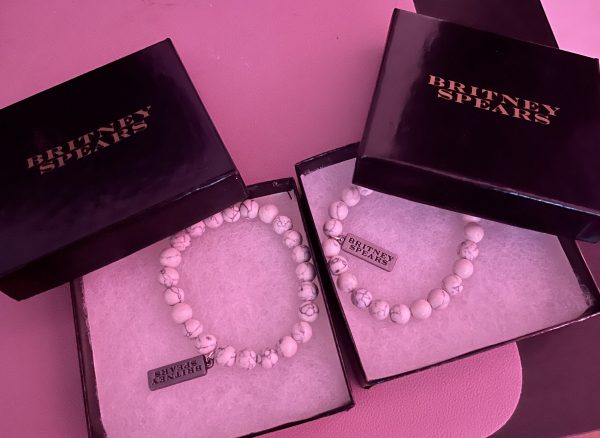NFTs are the new hotness in crypto. Or rather, it was the new hotness half a year ago, but my blog is not a news site, so I don’t have to bring breaking news. And really, NFTs were the hotness in 2017, but most bitcoiners don’t remember that and were running different scams back then anyway. NFT is short for “non-fungible token” as opposed to a fungible token. Something is fungible if one instance can be replaced by any other. One €5 note is as good as any other: money is fungible. Britney Spears can never be replaced, not even for Myah Marie. People are non-fungible. A simple way to think of NFTs is “what if we burned a lot of coal, producing pollution, to facilitate money laundering?”
Bitcoiners pretend that NFTs allow artists to sell their works online. In reality, it allows scammers to scam people. The idea is that an artist can mint an NFT representing a piece of art and sell the NFT. Owning an NFT of a piece of art has no advantage. It does not imply any rights to reproduce or sell the art nor does not give you exclusive rights to the art; the artist has the original and can do what they want. Typically, an NFT is just a JPEG and a note is a hilariously inefficient Excel sheet saying you own that JPEG. Everybody else can also look at the JPEG, download it, alter it and do anything this owner of the NFT can do. This has hilariously lead to the scammers selling NFTs calling people who do not fall for their scams for right-clickers (as in “right click, save as…”). As mentioned, this is the theory. In reality, NFTs are not minted by artists (aside from a few high profile cases to keep the scam going), but rather by scammers.

Scammers do not bother with making NFTs of original art. They can either just steal a bunch of pictures from Google Images or a couple of dated memes and make an NFT of them. At a point, there were dozens of NFTs of goatse. More “legit” scammers instead create “unique” series of images. The whole shebang kicked off in 2017 with CryptoKitties, which sold a series of algorithmically generated cats. CryptoPunks are another long-living participant, and Evolved Apes is a scam doing the exact same that was just recently exposed. This is literally just scammers paying off (or not!) an artist to make a character generator and adult men pretending that it is high art.
The whole scam depends on each of the crypto cats or whatever being unique. Problem is, uniqueness is not enough to make somerthing valuable. Every morning, I go to my toilet and deliver an impressive package. I even have one of those German toilets with a shit shelf that allows me to really admire my creation. This is another excellent analogy for NFTs. Each shit I take is unique, but they are not valuable, no matter how proud I may be of each and every one of them. Some years ago, I made a site called Drunk Monkey Consulting. It was a comment on how media always are able to find an expert who predicted a series of “surprising” events. Drunk Monkey Consulting comprises 2128 monkeys. Each of them has unique and pre-determined opinions about any conceivable question. It is therefore always possible to find a monkey that has made the exact predictions you want about the past, and you can ask it about any future event. This is of course pointless (the exact point of asking a cherry-picked expert to predict new catastrophes because they happened to be right), but there will always one who was right about everything. This is similar to (and inspired by) how the Library of Babel contains any piece of text, written or yet-unwritten. Each monkey is unique. They have a name, a preferred hat size, a birth place, and a favorite Spice Girl. The usual. Drunk Monkey Consulting has 2128 monkeys, each with a unique biography and their own opinions about questions you ask them. That’s enough that every human that has ever lived (around 105 billion), for every second the Earth has existed (4.6 billion years or 145 million billion seconds) can get around 22 billion monkeys (2.5 times the world population of humans right now). Nobody sane (who isn’t a scammer) would argue that Drunk Monkey Consulting’s monkeys are valuable just because they are unique, and if they would, I’ve got a lot of monkeys to sell! Even though they have unique biographies and names, it is impossible to tell them apart even though they are technically different. In fact, you can go to the monkey search page and search for a monkey with your preferred bias, and every time you search, even for the same parameters, you will get a new monkey. They are unique, sure, but they are also highly fungible.
And that’s the point of it: NFTs are technically unique, but they are simulaneously highly fungible. One crypto cat is equivalent to another and also to a crypto punk or a crypto scammer. They are superficially unique, but only in the sense that two different shuffles of cards are unique: technically the cards are in different positions, but they are still just shuffled. Or the way that each €5 note has a different serial number, making them technically unique.

One might argue that early series of NFTs like CryptoKitties or CryptoPunks have some artistical merit as a whole as a comment on the art world and how value can be seemingly created from nothing. But each individual crypto cat is interchangeable with any other. And each subsequent series of crypto scams is interchangeable for any other as well.
The only semi-legitimate use of NFTs I’ve seen is the Backstreet Boys issuing NFTs with tickets for their DNA tour in the US. Seeing as the NFTs are behind a Ticketmaster login, I’m not even sure they are using a buttchain (and it’s good if they don’t), but this is a genuinely good use of NFTs (assuming they are not the buttchain pollution kind): fans love to get something “unique” for tours. I enjoy backstage tours, which gives me some “unique” merch worth all of a few cents. I know it’s not unique, but having a memory from a concert allows me to think back on the concert, which releases endorphins which make me happy. An NFT could take the role: it’s pretend-unique, and if it’s just a “fake” thing made in Ticketmaster’s servers, it’s cheap and environmentally friendly to make, even more so than a bracelet made by some child in China. Each BSB NFT came with a video. The same video.
So, in conclusion. NFTs are very fungible and imply no ownership. The only reason people don’t right click and download the expensive JPEGs when somebody owns an NFTs is because NFTs represent shitty art nobody wants, except for money laundering or to hype up the scam. The only legitimate use of NFTs is when you want to make some pretend-unique, and even so only when it is not actually toughing the buttchain.
